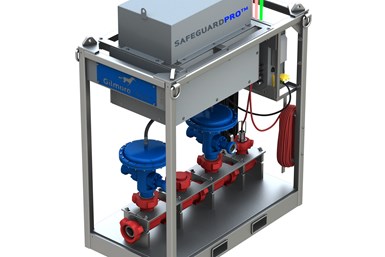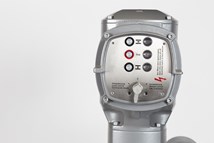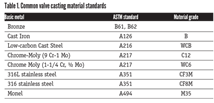New Dual-Purpose Relief and Bleed Package in One Unit
Gilmore introduces Agiliti SafeguardPro electro-pneumatic control system.
#pressure-relief #VMAnews #controls

The new Gilmore Agiliti SafeguardPro offers a dual-purpose relief and bleed package for unconventional surface applications protecting both people and assets. The electro-pneumatic control system is automated with an intuitive HMI interface with min and max automated settings, and bleed and relief dual service in one unit.
With a rated working pressure of 15,000 psi, the unit has an API 7HU2 3-in. Fig 1502 inlet and 2-in. outlet. It includes an industrial air compressor with automatic condensate drain, and an industrial regulator equipped with desicate dryer and filter. The unit has a wireless range of 300 ft, and is available in configurations of 25, 50 or 75 BPM discharge rates. A bridle iron is included with the unit, and many custom requirements can be accommodated by contacting the company.
RELATED CONTENT
-
The Final Control Element: Controlling Energy Transformation
When selecting control valves, be sure to properly evaluate the process conditions to identify potential issues and select the proper management techniques.
-
Best Practices in Pressure-Relief Valve Maintenance and Repair
In their presentation at the Valve Repair Council Repair Meeting & Exhibition, Nov. 1 and 2, 2012, in Houston, Bob Donalson and Kevin Simmons of Pentair Valves & Controls shared valuable information about maintenance and repair programs for pressure-relief valves.
-
The Diverse Role Valves Play in the Chemical Industry
The chemical industry is extremely diverse with more than 60,000 known products. Like all process industries, the chemical industry needs valves designed for safe, efficient and reliable process operation.







 Unloading large gate valve.jpg;maxWidth=214)


